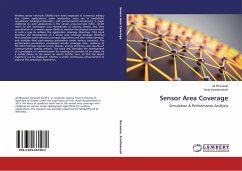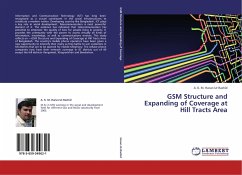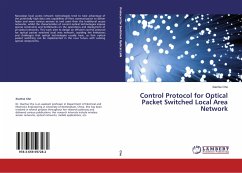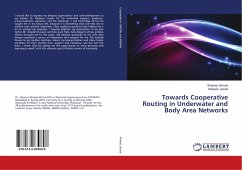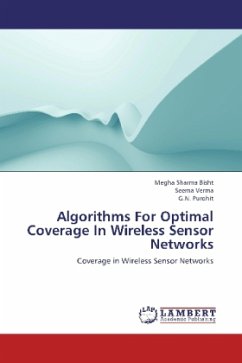Wireless sensor networks (WSNs) have been employed in numerous military and civilian applications. Some application areas are in battlefield, surveillance, biological detection, and environmental monitoring. A major challenge to such applications is the sensor area-coverage (SAC), which refers to the techniques and mechanisms of placing sensors and their coordination in a mission space (field) to monitor the physical environment in such a way to achieve the application coverage objectives. This book describes the development of a sensor area coverage package (SACPac) that simulates some selected coverage algorithms and their enhancements, and analyzes their performance parameters under various scenarios. The performance parameters considered include coverage ratio, resiliency of the field coverage against sensor failures, energy efficiency, and security of communication among sensors. The book also describes the development of a prototype of communication for sending the positionof an object via a mobile device to the server on which SACPac runs, so that the object trajectory can be displayed. SACPac is under continuous enhancement to improve the simulation experience.
Bitte wählen Sie Ihr Anliegen aus.
Rechnungen
Retourenschein anfordern
Bestellstatus
Storno

